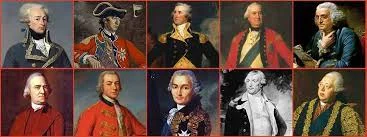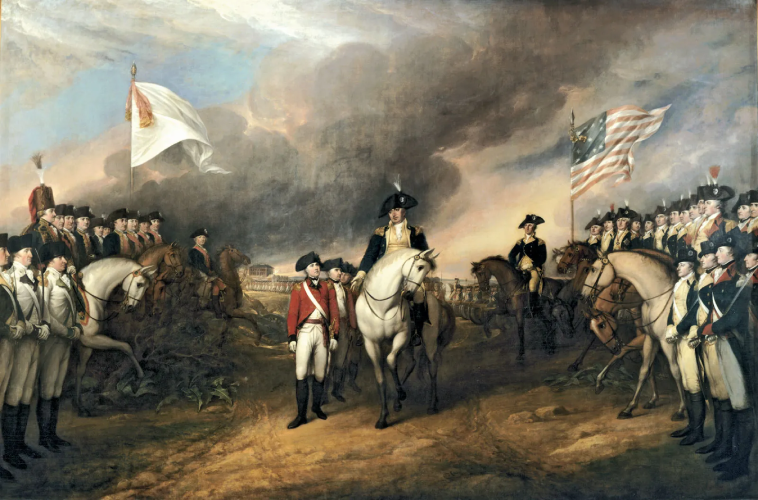The American Revolution: The American Revolution, a seminal event in the history of the United States, brought about a radical transformation in the political, social, and economic landscape of the nation. Spanning from 1775 to 1783, this revolution marked the birth of a new nation, one that would champion the principles of liberty, independence, and self-governance. This article delves into the key aspects of the American Revolution, highlighting its causes, major battles, influential figures, and lasting impact on the world stage.
I. Prelude to Revolution:

Causes and Tensions The seeds of the American Revolution were sown long before the first shots were fired at Lexington and Concord. Under this subheading, we explore the various causes and tensions that led to the outbreak of the revolution, such as:
- Colonial Grievances: Unfair taxation policies, including the Stamp Act and the Townshend Acts, ignited discontent among the American colonists.
- Economic Factors: Trade restrictions imposed by Britain, known as the Navigation Acts, hindered colonial economic growth and fueled resentment.
- Political Disenfranchisement: The lack of representation for the colonists in the British Parliament further exacerbated tensions between the colonies and the crown.
II. The Revolutionary War:
From Conflict to Independence This subheading delves into the military aspects of the American Revolution, focusing on the major battles and turning points that shaped the course of the war. Some key points to be discussed are:
- Lexington and Concord: The clash between the British Redcoats and the colonial militia marked the beginning of the armed struggle for independence.
- Saratoga: The American victory at Saratoga proved to be a pivotal moment, as it persuaded the French to enter the war on the side of the colonists, significantly boosting their chances of victory.
- Valley Forge: The harsh winter at Valley Forge tested the resilience of the Continental Army, with George Washington’s leadership emerging as a defining factor.
- Yorktown: The decisive Battle of Yorktown resulted in the surrender of British General Cornwallis, effectively ending major hostilities and setting the stage for peace negotiations.
III. Influential Figures of the Revolution:

Under this subheading, we shed light on some of the prominent figures who played instrumental roles in the American Revolution. These include:
- George Washington: The commander-in-chief of the Continental Army, Washington provided strong leadership and strategic acumen throughout the war.
- Thomas Jefferson: The principal author of the Declaration of Independence, Jefferson’s eloquent words captured the spirit and aspirations of the revolution.
- Benjamin Franklin: An influential diplomat, Franklin negotiated crucial alliances and secured support for the American cause from European nations.
- Abigail Adams: An advocate for women’s rights and the wife of John Adams, Abigail Adams actively participated in political discussions and correspondence during the revolution.
IV. Legacy and Lasting Impact:
This subheading explores the far-reaching consequences of the American Revolution, both within the United States and on the global stage. Key points to be covered are:
- Formation of a New Nation: The Revolution culminated in the creation of the United States of America, based on the principles of republican governance and individual rights.
- Enlightenment Ideals: The revolutionary ideas of liberty, equality, and self-determination influenced subsequent democratic movements around the world, inspiring future revolutions.
- The U.S. Constitution: The Constitution, drafted in the aftermath of the Revolution, provided a framework for the new nation’s government, emphasizing a balance of powers and individual liberties.
- Abolition of Slavery: The rhetoric of freedom and equality during the Revolution fueled the abolitionist movement, eventually leading to the end of slavery in the United States.
The American Revolution remains a defining moment in world history, as it established the foundation of a nation founded on the principles of liberty and independence. Through the struggles, sacrifices, and triumphs of the revolution, the United States emerged as a beacon of hope and a symbol of democratic governance. The legacy of the revolution continues to shape the nation’s identity, inspiring generations to cherish and uphold the values of freedom and self-determination.
Read Also: Civil Rights Movement
![]()





